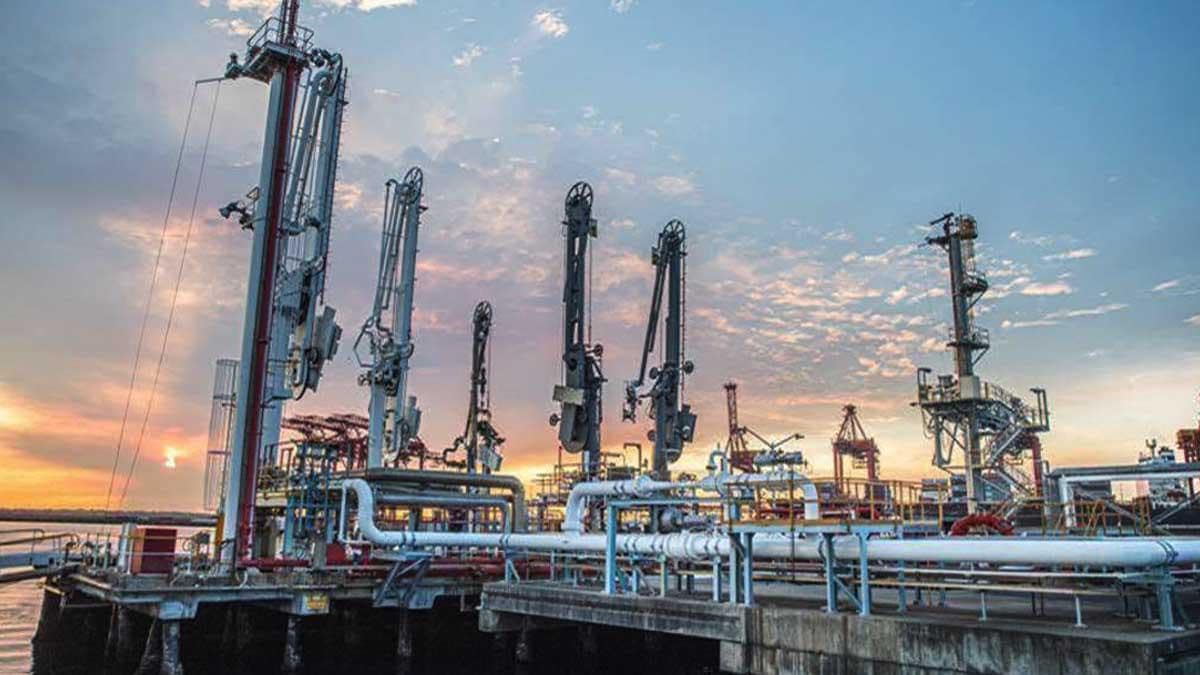Port Botany is NSW’s primary bulk liquid and gas port, handling 99% of bitumen imports, 98% of Liquid Petroleum Gas (LPG) imports, 90% of bulk chemical imports, 30% of refined petroleum fuels and 15% of NSW’s aviation fuel requirements.
Last year, NSW Ports commenced an extensive two year program of work to rehabilitate the Bulk Liquids Berth 1 (BLB1) which has been operating since the port opened in 1979. The rehabilitation project will protect the concrete structures from the effects of concrete corrosion through installation of a Hybrid, Cathodic Protection (CP) system within the many pre-stressed beams and the pile headstocks of the various bridges and catwalks at BLB1. The project also includes the repair of defective concrete on the above elements as well as the spraying of a silane coating on the concrete surface for additional protection.
The Hybrid CP system has an initial power up phase similar to an impressed current CP system. Following charge up of the system, the power source is removed, and the system utilises nearly 35,000 embedded anodes that are installed within the concrete to provide protection to the berth structures for a design life of 50 years. The system design makes use of anodes and a control system with remote monitoring and control capability.
The Hybrid CP system being installed as part of this project is unique in Australia and thus required special certification for the design, to meet the requirements of AS60079 as an Intrinsically Safe (IS) certified system. The certification sought deemed the design safe for use in the BLB1’s classified Hazardous Areas, which indicates the potential for exposure to flammable substances.
Several challenges attributable to the uniqueness of the system’s design and the berth’s location, have arisen during the installation phases of the project, including:
- The CP system had to be designed and implemented with extreme care in prestressed concrete beams, in order to avoid the risks of hydrogen embrittlement
- The engineered access platforms which are underslung beneath the berth and upon which works are carried out, are located within the tidal zone
- Custom design tooling was required including the use of trolleys and jigs to assist with ergonomics in a difficult and tight work environment
- Due to the ongoing operational nature of the berth, controls were put in place to manage the undertaking of high-risk activities across the site of works.
- Extensive resource management requirements and procedures have been put in place to manage a program of 24/7 operation shutdowns to facilitate advanced Hot Work processes as part of the project.
NSW Ports continues to work in close collaboration with bulk liquid and gas tenants affected by the above-mentioned shutdown periods, which vary in duration of between one to two weeks. Our second bulk liquids berth (BLB2) continues to operate during shutdown periods, enabling the ongoing critical supply of Refined Fuels, LPG, Chemicals and Bitumen to NSW.
Importantly, these works will ensure that BLB1 remains reliable and available to handle NSW’s growing bulk liquid trade volumes for the next 50 years. Read more about our approach to Sustainability and how we are driving a sustainable, productive and efficient port supply chain for the future in Our Commitment and Key Programs.



